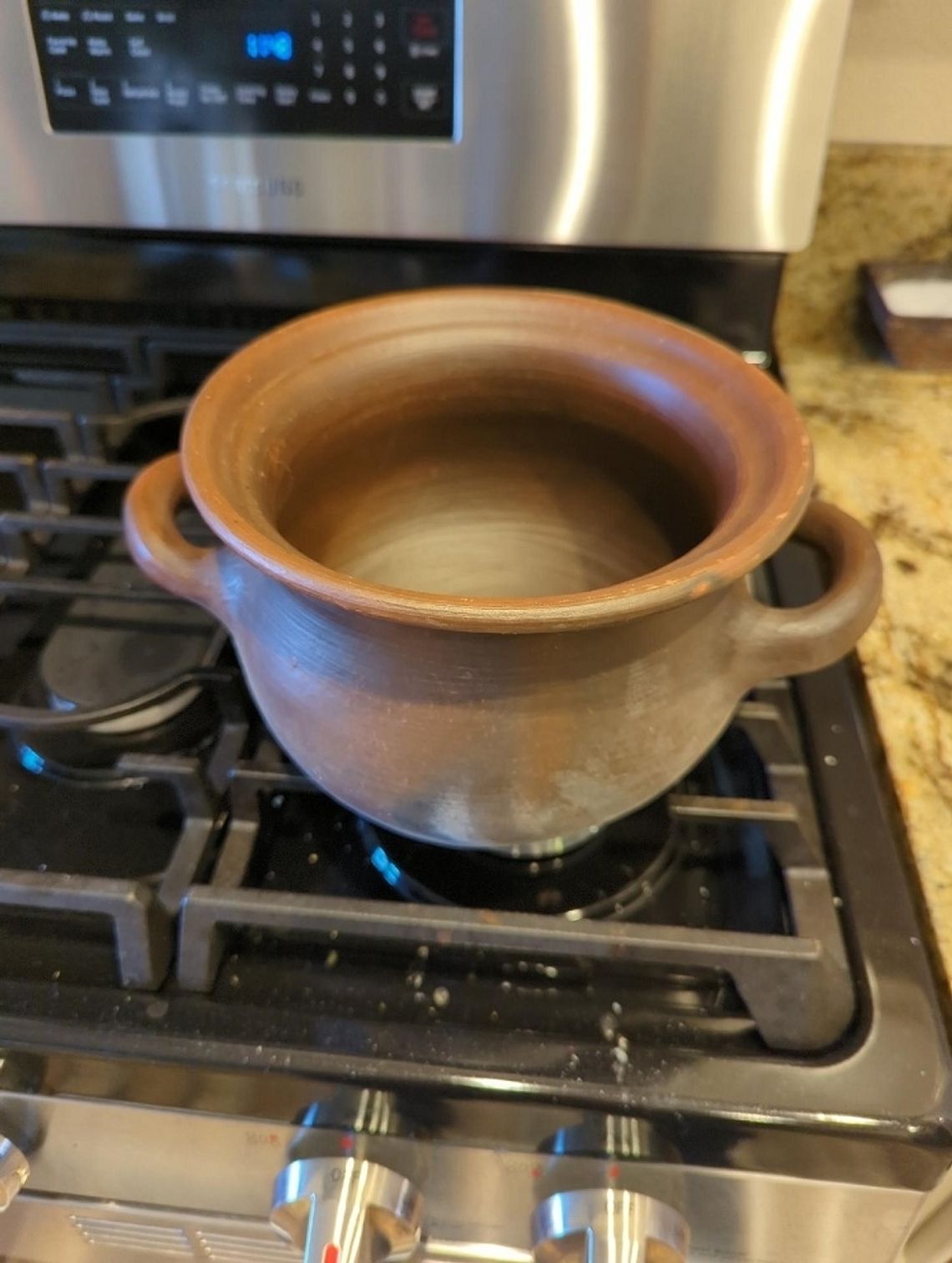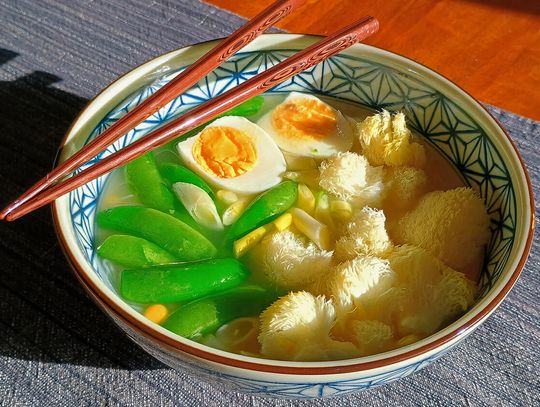This week marks a couple of significant celebrations in Kelli’s Kitchen–one by sheer virtue of the date and one is an accomplishment after concerted effort. This Saturday (3/26/2022), marks the completion of my 43 circumnavigations of the sun… It’s my birthday! And the second is that I have officially completed my first round of classes towards my bachelor’s degree in a newly accredited program at Western Nevada College – in the college world, it is spring break. Since I am no longer of the demographic to do questionable things on a beach I anticipated that spring break would mean I had some extra time on my hands–time to complete my weekly article before my deadline; time to read a fiction book checked out from the Churchill County Library; maybe even time to take a nap. HA! As it turns out, my spare time got scooped up by meetings, phone calls, and clients. So here I am, officially an hour past my deadline madly scrambling to tell you all about the birthday present I gifted myself.
As you should be well aware of by this juncture, I am a bit of a bean fiend. In the bean-related social media groups I belong to, we use the terms “People of the Bean” and sometimes, “Leguminati.” Folks from around the country (and sometimes around the world) share about their beanie experiences, recipes & tips, and their fancy bean-cooking apparatus. After taking some time to think about the dangers of envy, I went ahead and ordered two new bean pots to quiet the raging green monster that resides deep in my gut. So today, I want to talk a little bit about cooking with clay. My new prized possession is a hand-crafted, unglazed, terracotta pot from Peru.
The first thing that I had to do with my new bean vessel was to submerge it in a sink full of cold water and let it sit for over three hours. The purpose of this good, long soak is to rehydrate the clay which was thoroughly dried and made a bit brittle as it hardened during the firing process. Seasoning a terracotta pot is essential if you want to use it on the stovetop with direct heat, preventing the pot from cracking from exposure to intense flame. It was amazing to watch tiny bubbles rise as the terracotta released air and absorbed water. After three hours had passed, I dumped and dried my new pot before giving it a good rub down with some oil and a clove of garlic. Then, I filled it about a third of the way full with fresh water, covered it with the soaked and dried lid, and placed it in my oven. I set my oven to 220 degrees and started the preheat process. Once my oven was warm, I let the partially filled pot sit at temperature for three more hours before I turned everything off and went to bed. The next day, my Chamba-style pot was seasoned and ready to provide a lifetime of service.
Rather than inundating you with yet another bean recipe, I want to tell you about the first dish I prepared: a lamb and apricot tagine.
The word “tagine” used here means a rich stew-like dish that is cooked in clay featuring hearty meat and typically includes fruit. I seared off some lamb stew meat, then sweated some thinly sliced onions before adding in tomato paste, a variety of delicious spices, stock, and dried apricots. The whole mix is brought up to a simmer on the stovetop before slow-cooking in a warm oven for hours. We ate this delicious and complex stew over a scoop of couscous garnished with fresh herbs and pine nuts. It was unique and filling–just the dish to balance out the dreary weather we experienced in the “It sure doesn’t feel like spring” first weekend of spring.
Lamb and Apricot Tagine
INGREDIENTS:
1.5# lamb stew meat or neck meat cut into 1 ½” pieces
Kosher salt as needed
1 ½ c mixed meat stock (I use the chicken, beef, and turkey bone broth from safeway)
1 c dried apricots
Extra virgin olive oil
1 yellow onion, thinly sliced
1 T tomato paste
2 t fresh ginger, grated (or two cubes of frozen grated ginger)
1 large pinch of saffron, optional
½ t ground ginger
1 t ground turmeric
1 t ground black pepper
½ t ground cinnamon
1 ½ T butter
½ c pine nuts
1 pack couscous
Chopped mint and cilantro for garnish
DIRECTIONS:
- In a large bowl, combine lamb and salt and let sit at room temperature for at least an hour. You can also refrigerate for up to 24 hours.
- In a small pot, bring the stock to a boil. Remove from heat and add in apricots to rehydrate.
- Preheat oven to 325 degrees. In a dutch oven or seasoned clay pot, warm 2 T oil over medium heat until hot. Brown lamb all over in batches. Do not crowd the meat or it won’t brown effectively. Transfer meat to a plate as they brown.
- Drain off excess fat if necessary, leaving enough to coat the bottom of the pot. Add onions and season with some salt. Sweat over medium heat until soft. Add tomato paste, ginger, and all of the spices and cook for about 4 minutes stirring regularly. Add lamb and any juices from the plate, then pour in stock and apricots. Place lid on the pot and place in the oven. Cook for 2 ½ - 3 hours until the lamb pulls apart with a gentle pull.
- Meanwhile, in a small saucepot, melt 1 T of butter. Add pine nuts and cook stirring regularly until they are golden. Add stock or water and prepare couscous according to package directions. Serve couscous generously garnished with fresh herbs and top with tagine.








































Comment
Comments